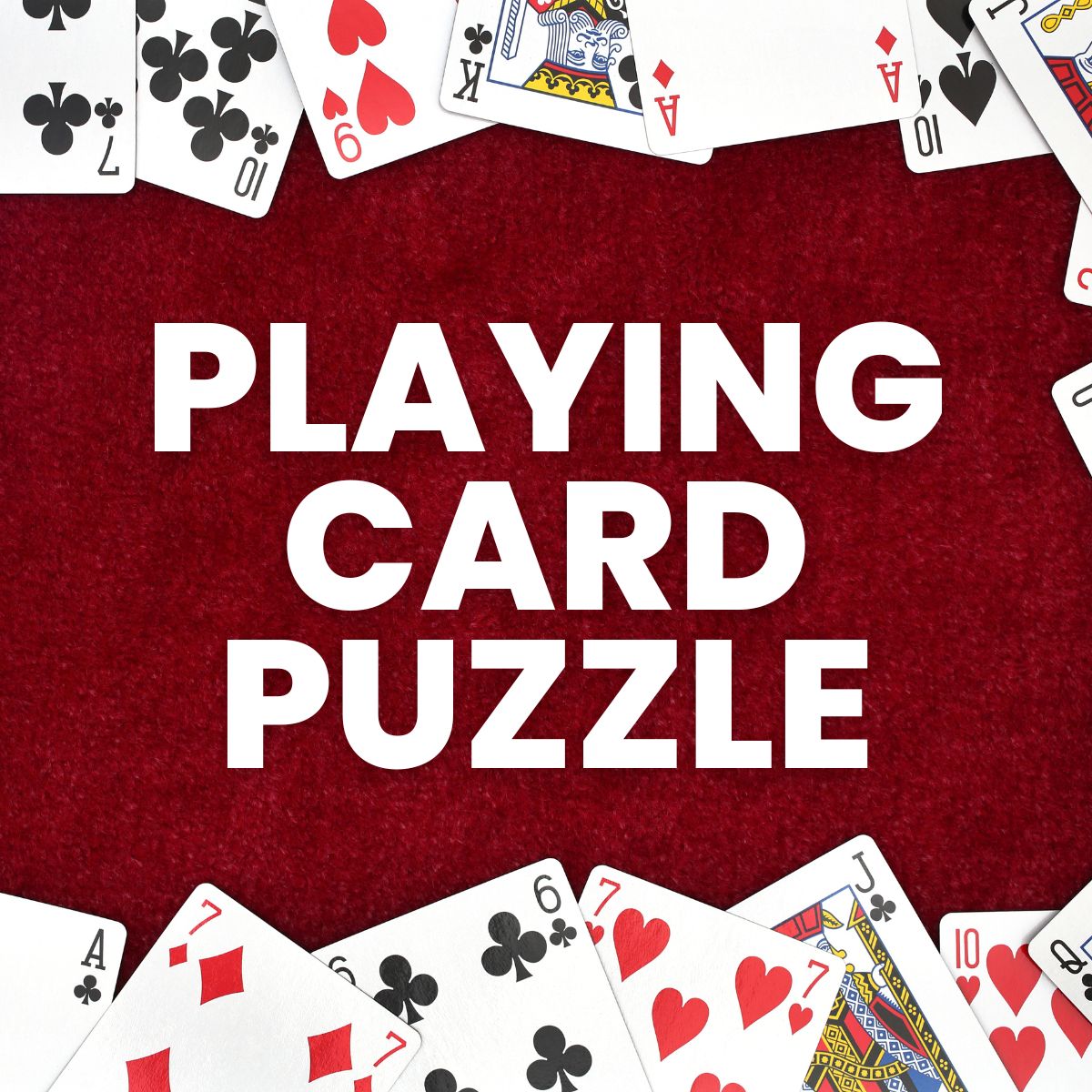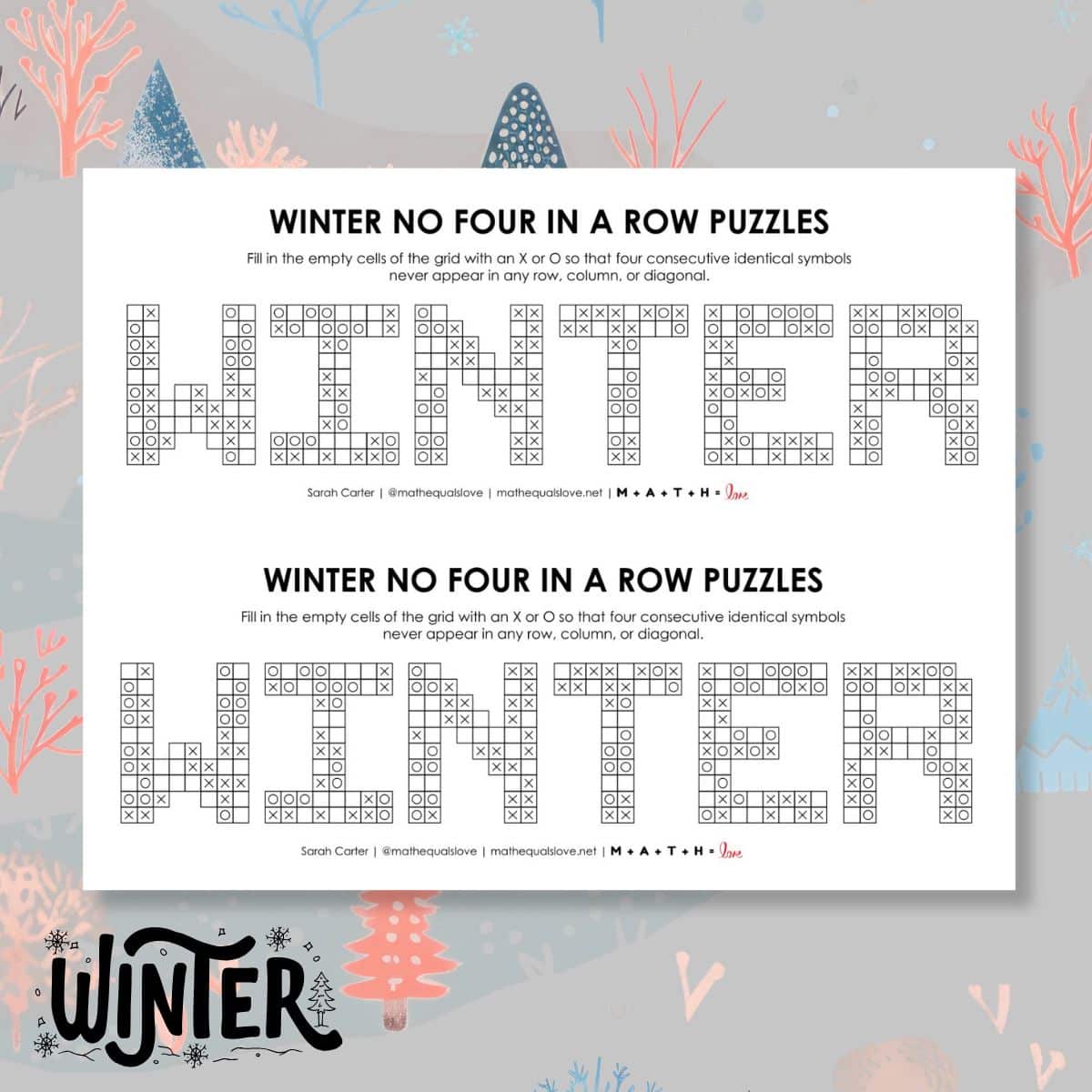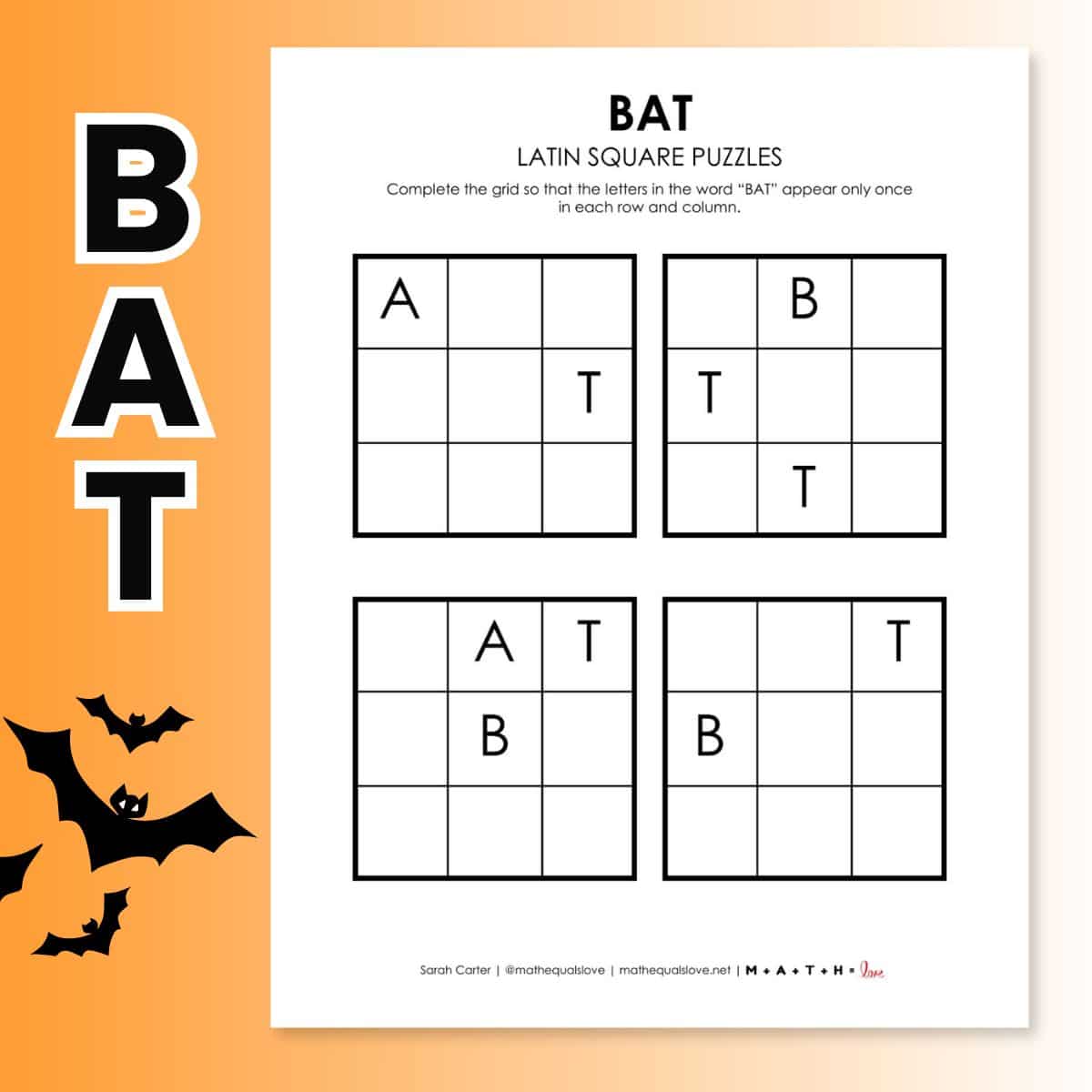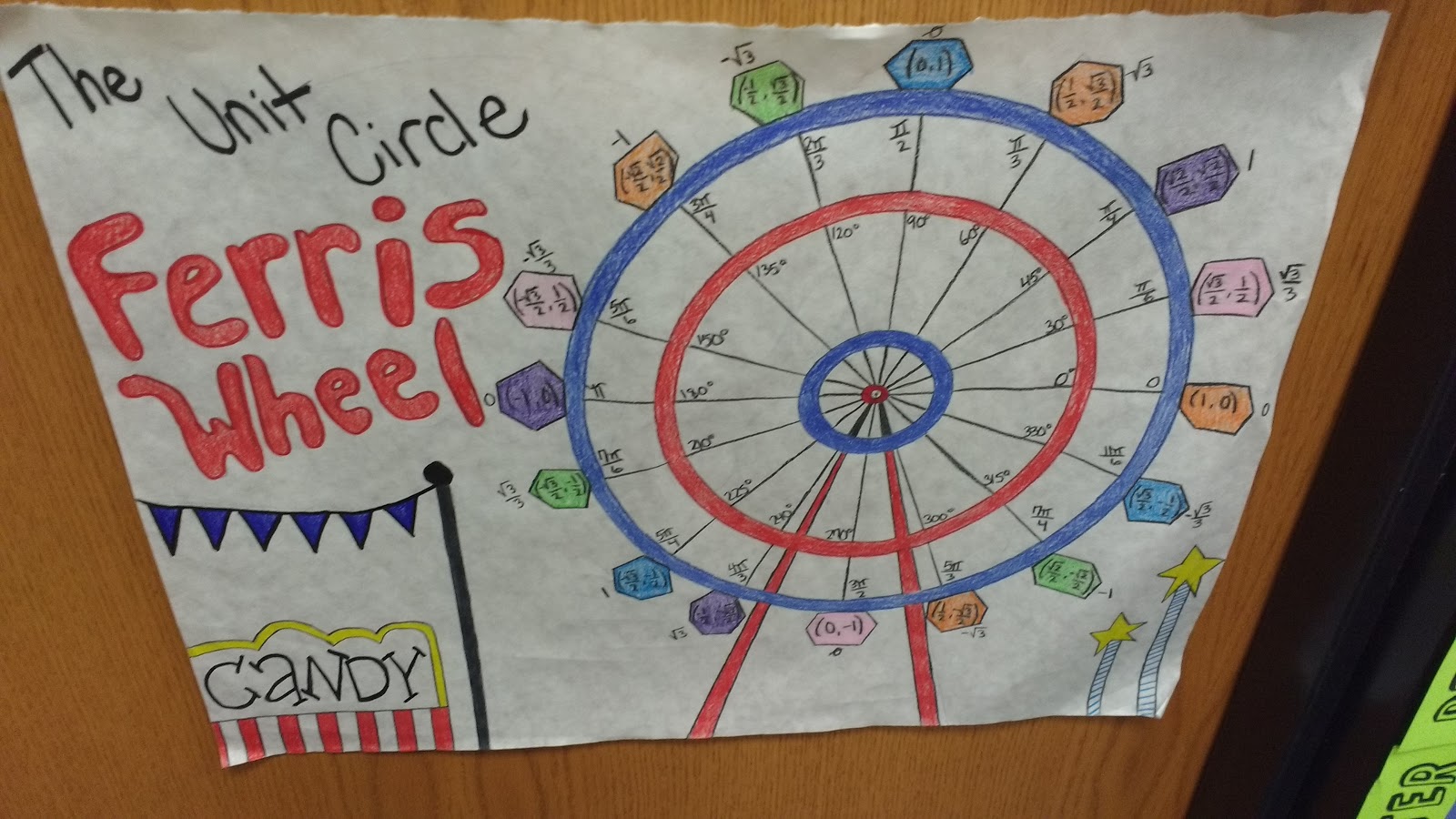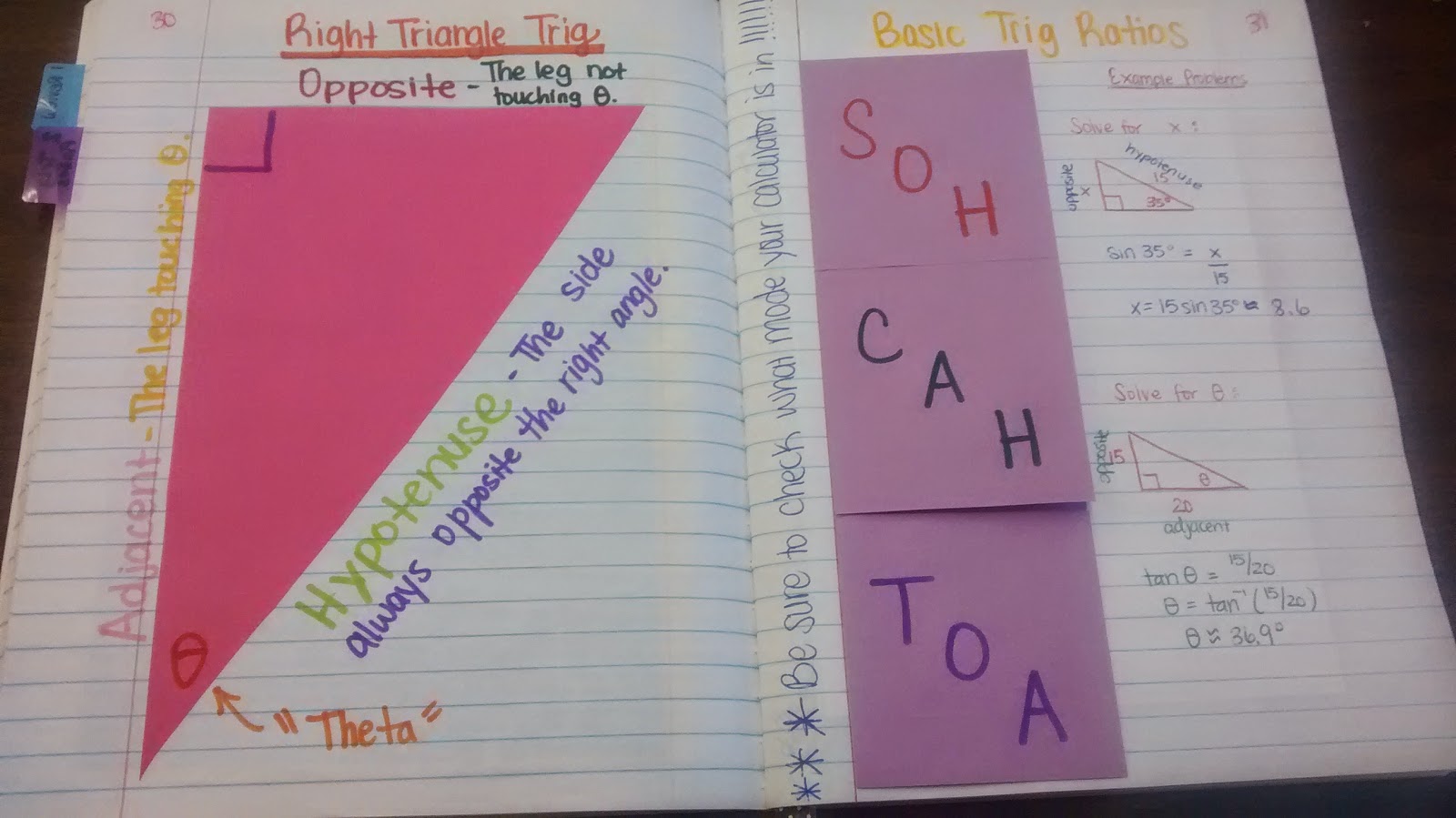Non-Standard Operations Sorting Activity
This blog post contains Amazon affiliate links. As an Amazon Associate, I earn a small commission from qualifying purchases.
Since I’ve already blogged about my INB notes for Non-Standard Operations and my Add Em Up Activity for non-standard operations, I decided it was finally time to blog about one of my favorite activities that I’ve created this school year: Non-Standard Operations Sorting Cards!
I’ve done quite a few Question Stacks lately, so I decided I wanted to change things up a bit when it came time to do some practice for Non-Standard Operations. It’s gotten so that my students think we’re doing a question stack EVERY SINGLE TIME I pass out a bag of cards! And, yes, I realize I’m behind on blogging all my new question stack files. It’s on my to do list. I promise!
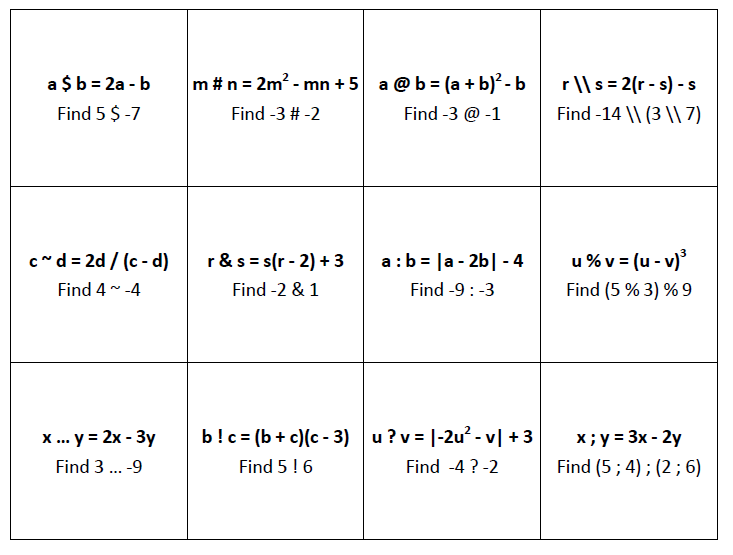
To make this non-standard operations sorting activity, I created twelve problems. I intentionally wrote the problems so that there were three different answers with four problems resulting in each answer. Special thanks to my husband for helping me craft some of these problems to come out to a specific answer! When I would write a problem that failed to come out to the right answer, he would help me tweak my numbers so it worked. This was a trickier task to do than I initially thought when I set out to make these cards!
The idea behind this activity is that students get a deck of cards. They are told that there are three different answers. Groups of students work through the decks of cards to determine the three answers and place the cards in three piles according to their answers. To help my students out, I did give them a hint that there were four cards for each answer.
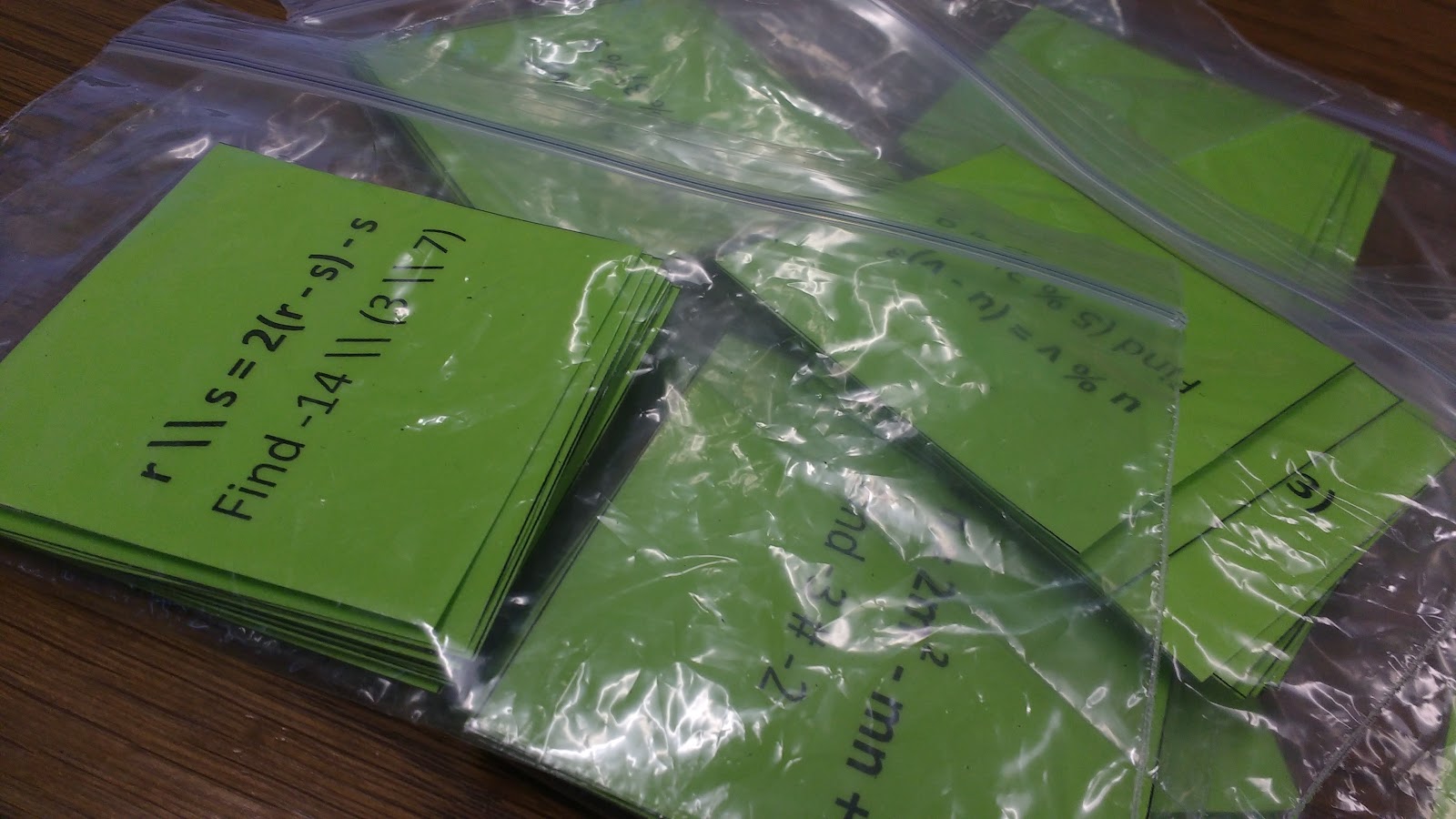
I also typed up an answer key that I could use to easily check a group’s work. I laminated my answer key on the same color of paper as the cards.
MATH = LOVE RECOMMENDS…

A laminator is a MUST-HAVE for me as a math teacher! I spent my first six years as a teacher at a school with a broken laminator, so I had to find a way to laminate things myself.
I’ve had several laminators over the years. I currently use a Scotch laminator at home and a Swingline laminator at school.
I highly recommend splurging a bit on the actual laminator and buying the cheapest laminating pouches you can find!
After explaining the activity, my students took off. We used our jumbo group-sized dry erase boards for this activity. They were the perfect size for multiple students to work around!
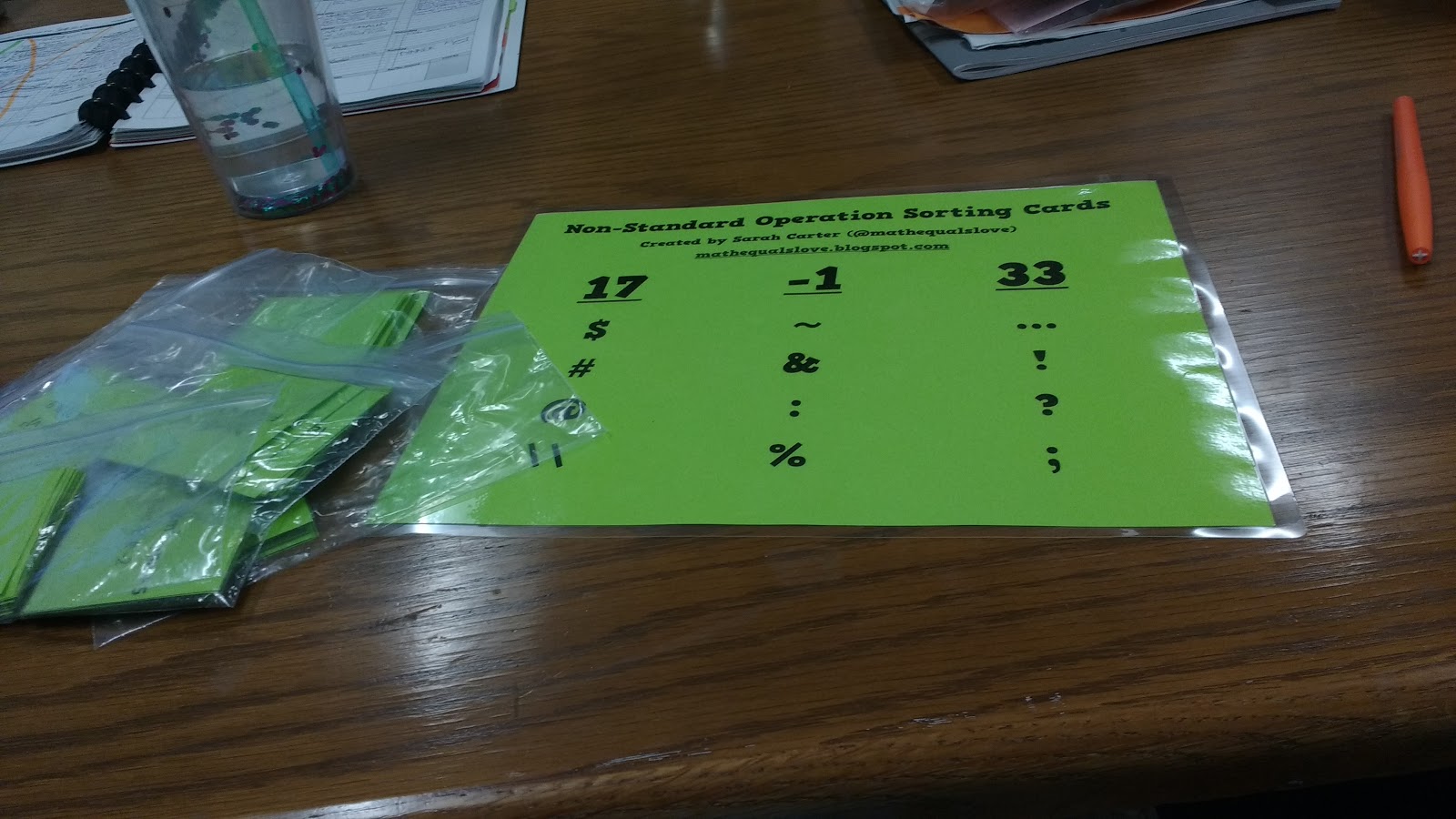
I loved the self-checking aspect of this activity. Many groups found themselves in the scenario where they had found four different answers. Often one of these answers would only have one card in its pile. Students knew that this was the problem they needed to rework.
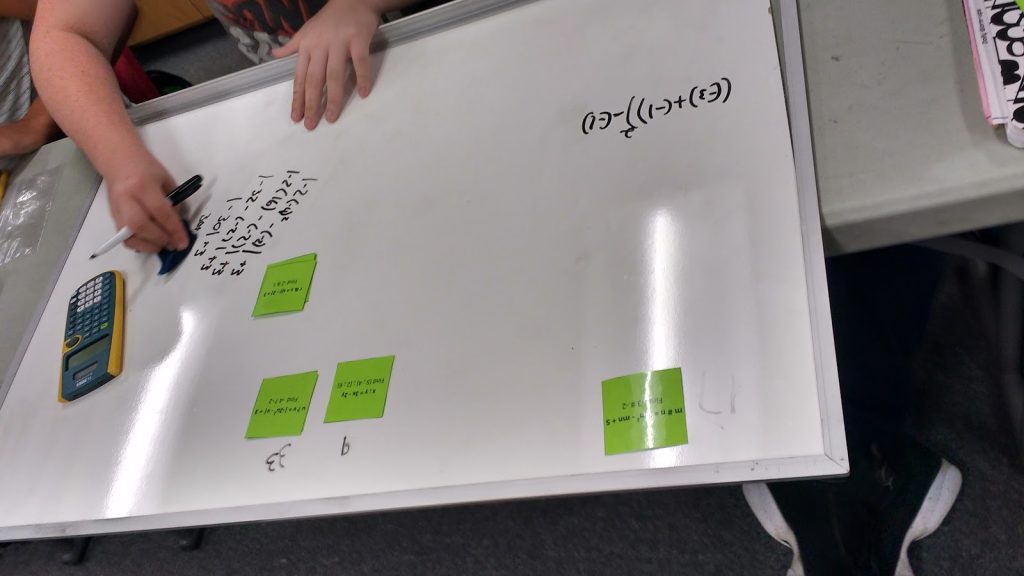
I loved walking around the room to see how different groups were organizing their work.
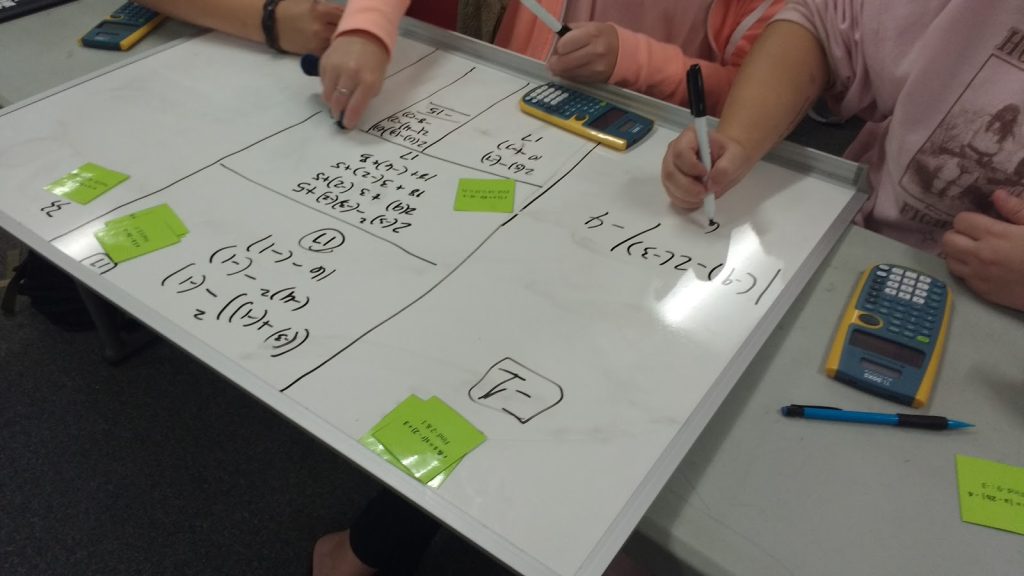
Some groups dealt the cards out to group members before beginning so that each group member worked the same number of problems. This worked well until one group realized that one group member had gotten ALL one-step problems!
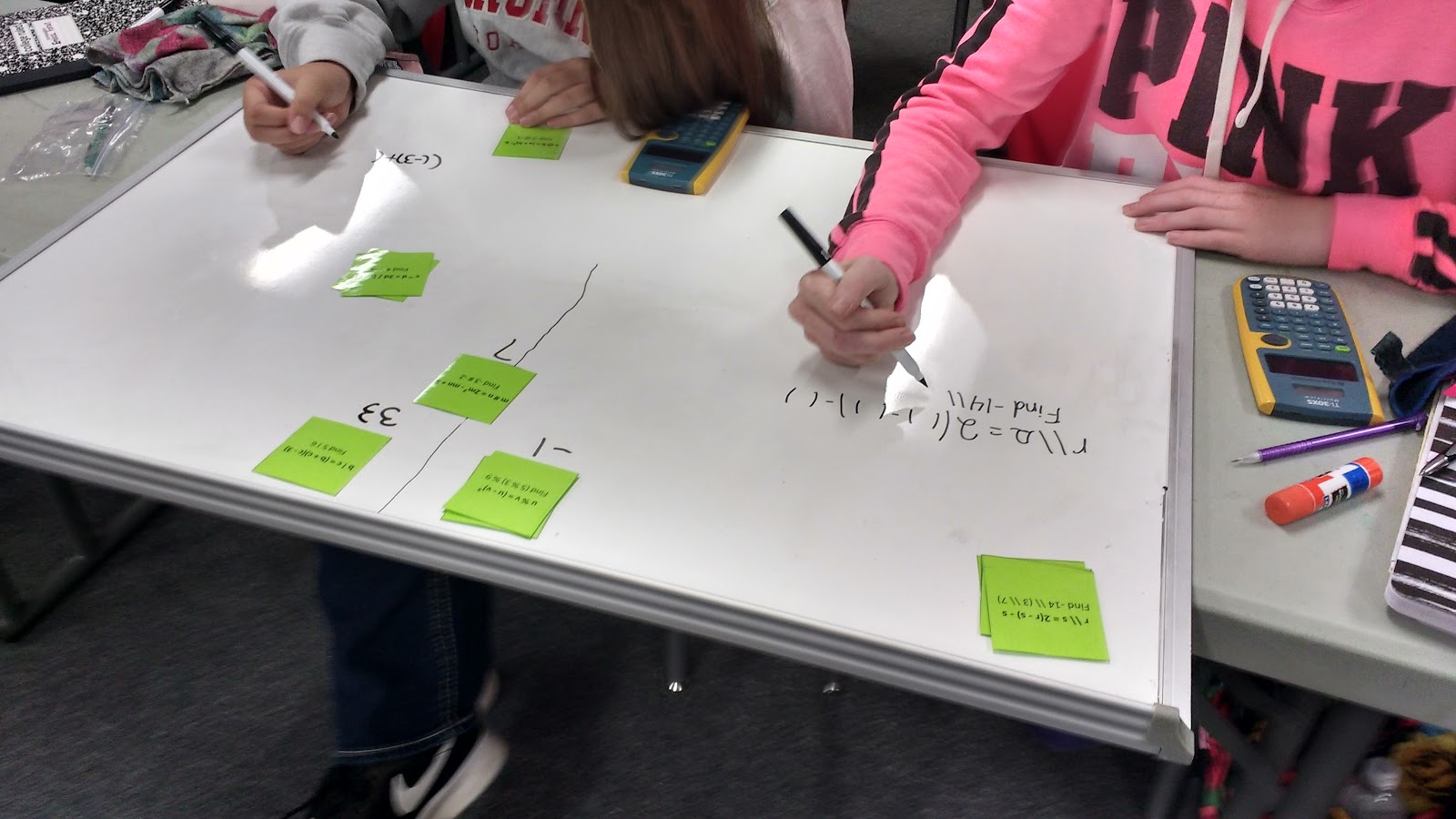
I look forward to applying this practice structure more in the future!

There is something powerful about giving students a limited number of answer choices.

I saw student confidence with non-standard operations grow with leaps and bounds as my students worked through this activity.
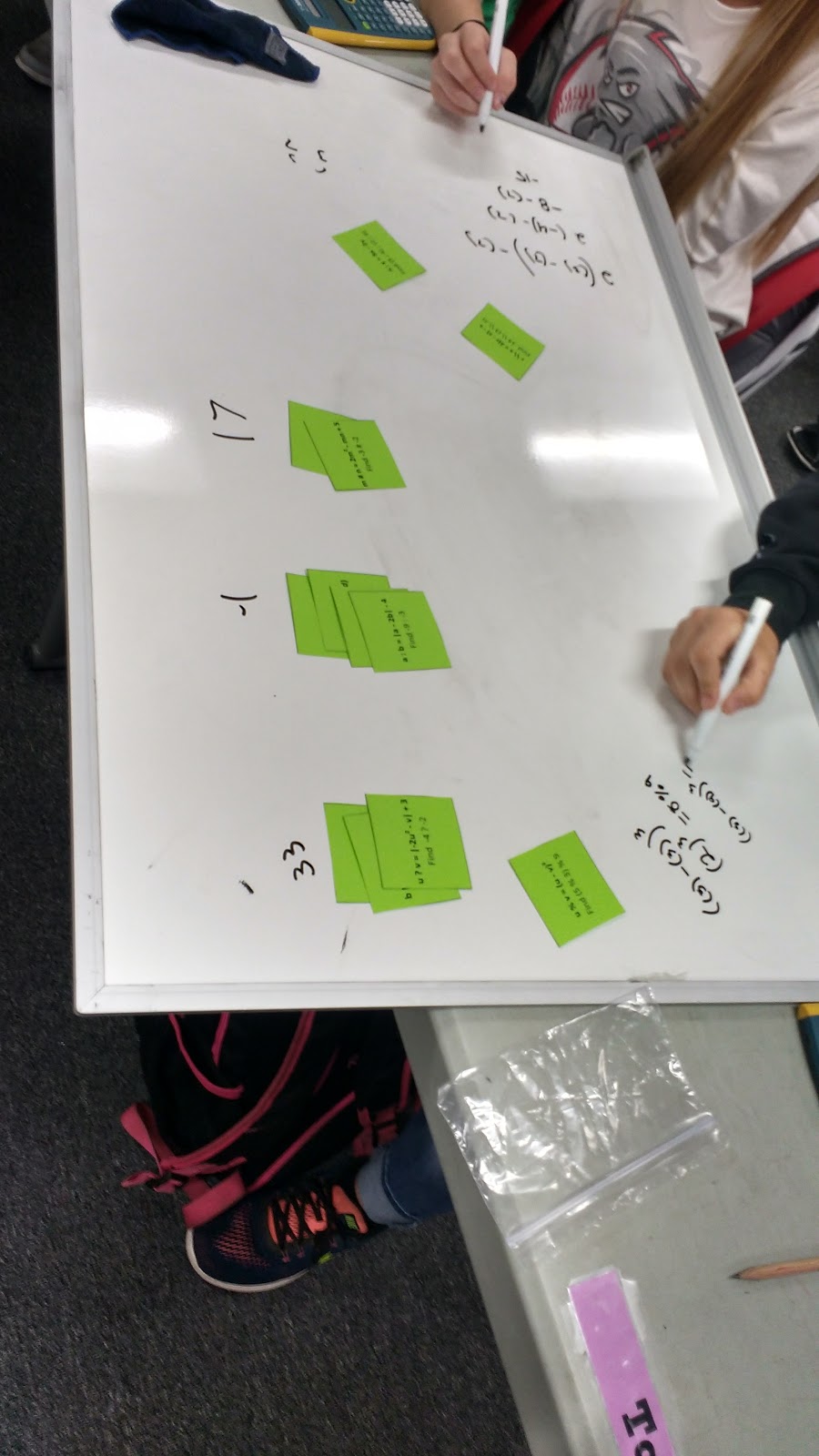
I gave my students thirty minutes for this activity. For some groups, this wasn’t enough. For other groups, they finished after fifteen to twenty minutes.
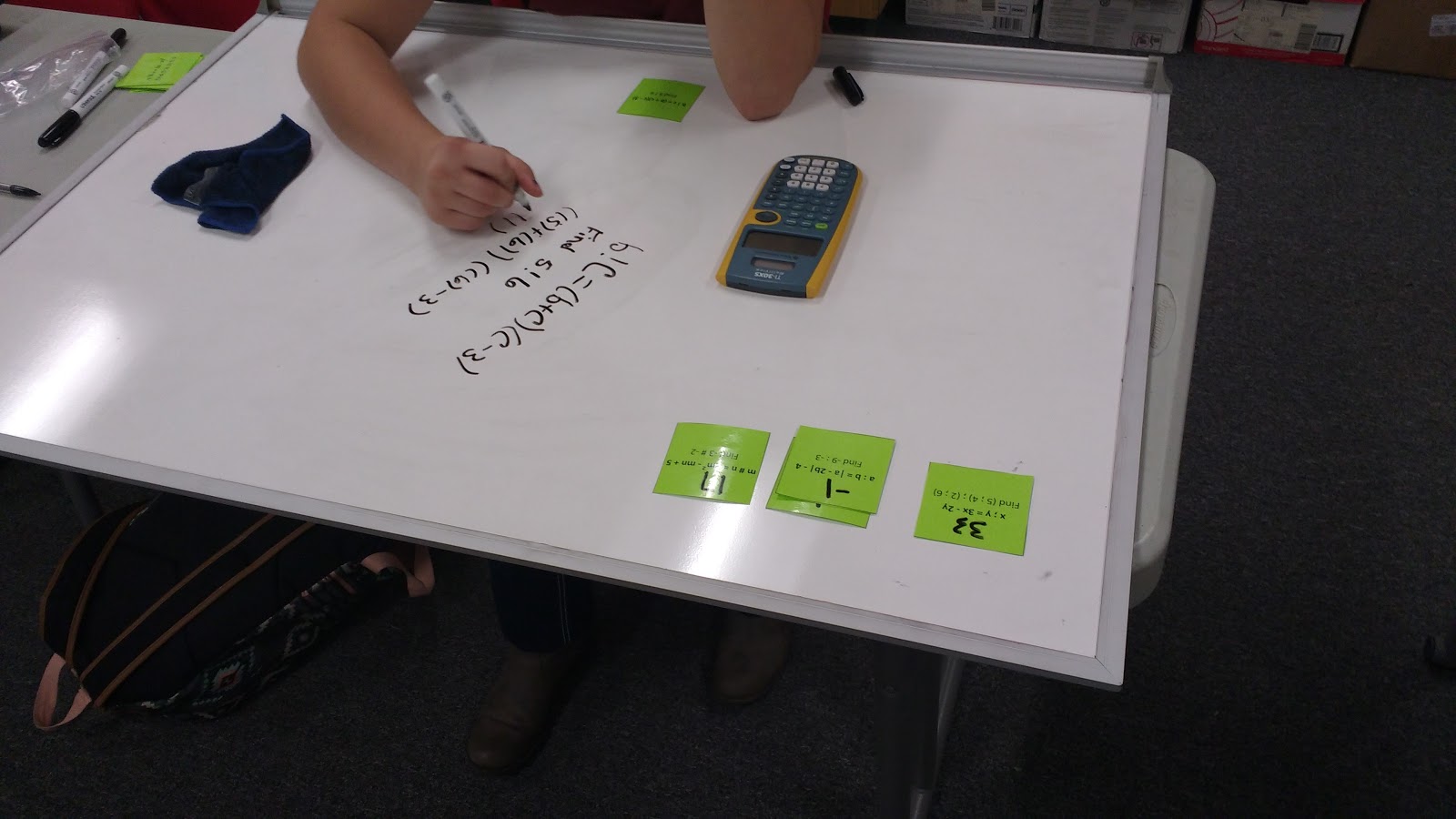
Luckily, I was able to have my groups that finished early work on the Add Em Up activity.
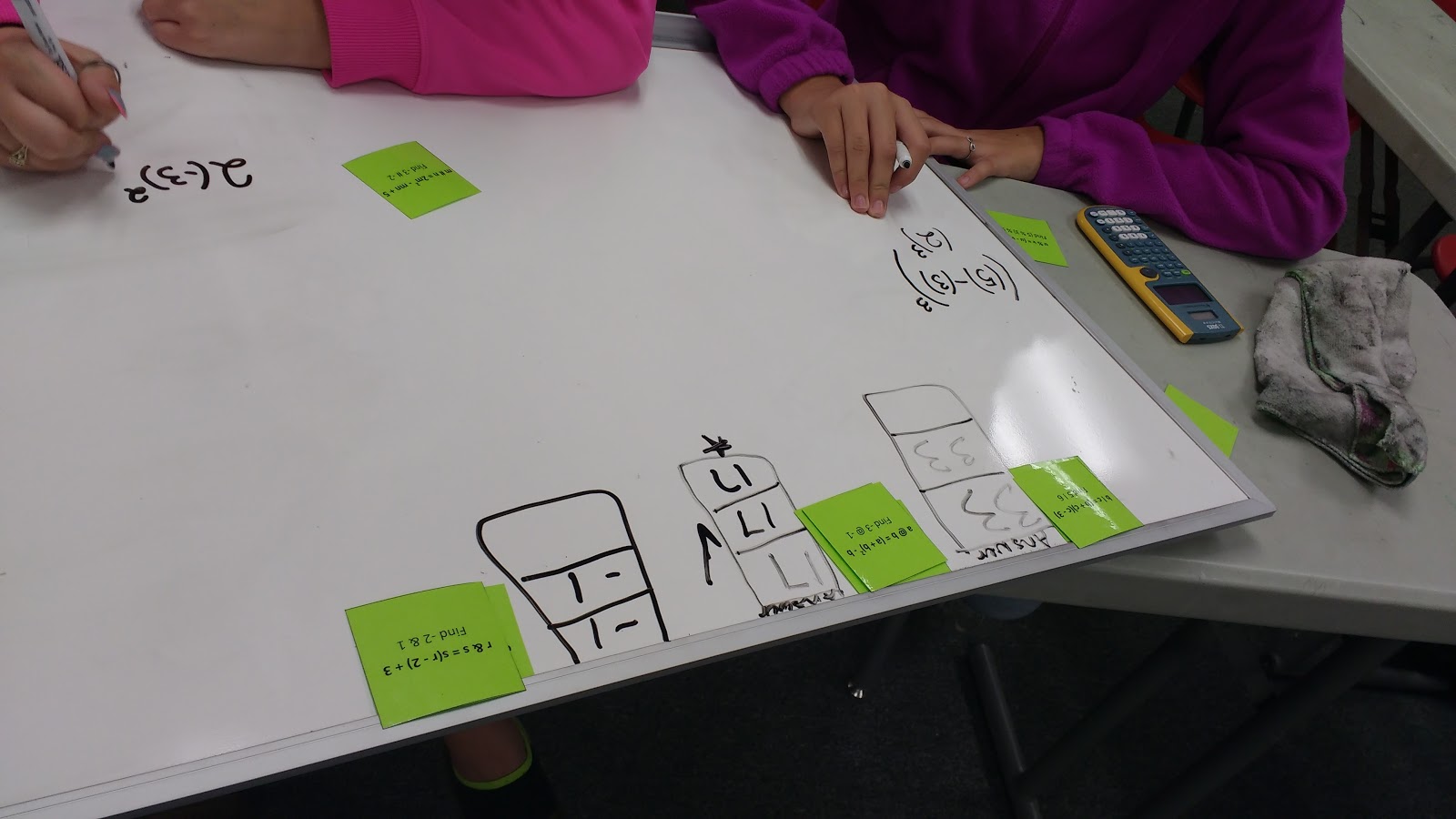
This activity is a definite keeper!

